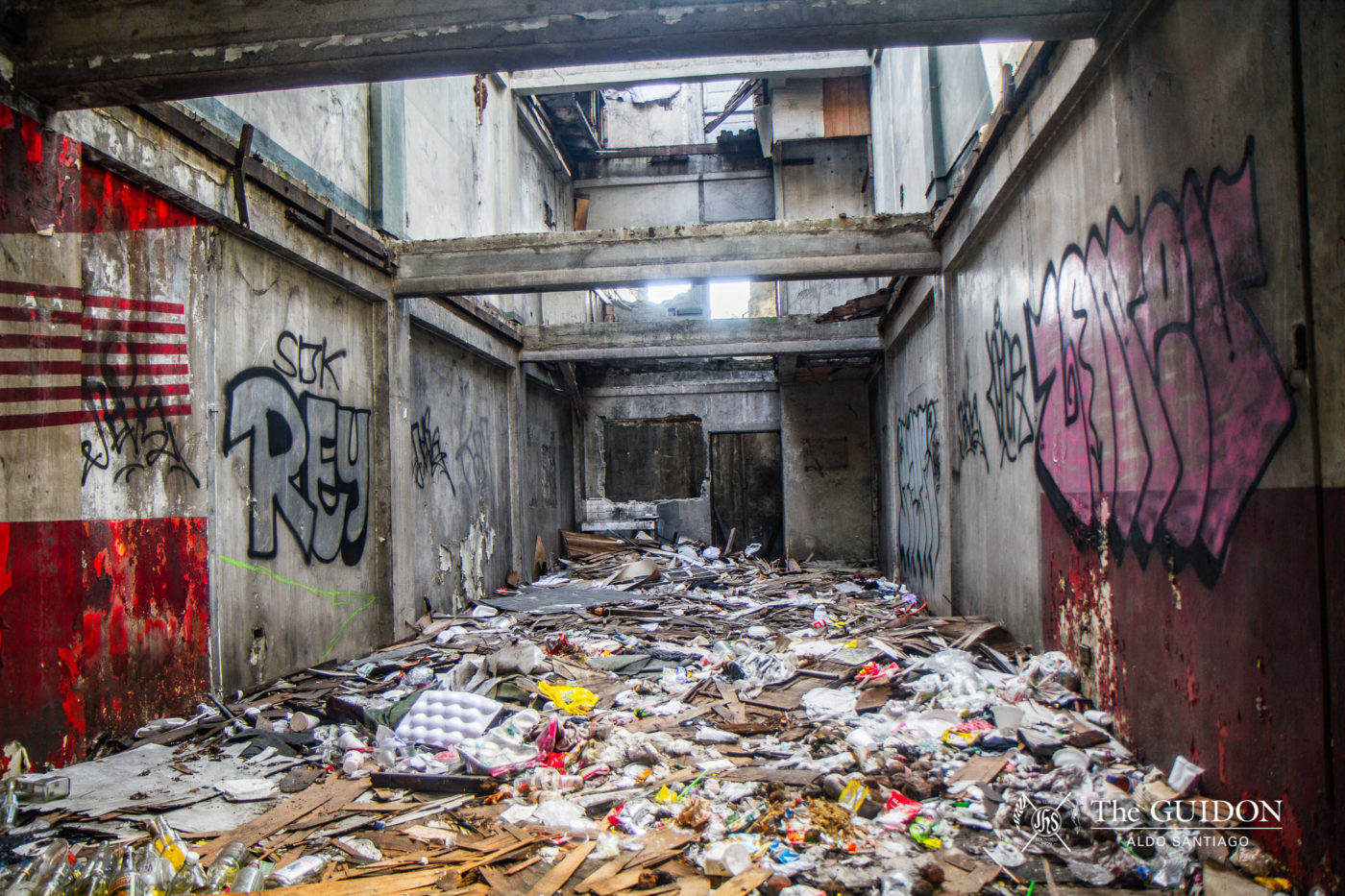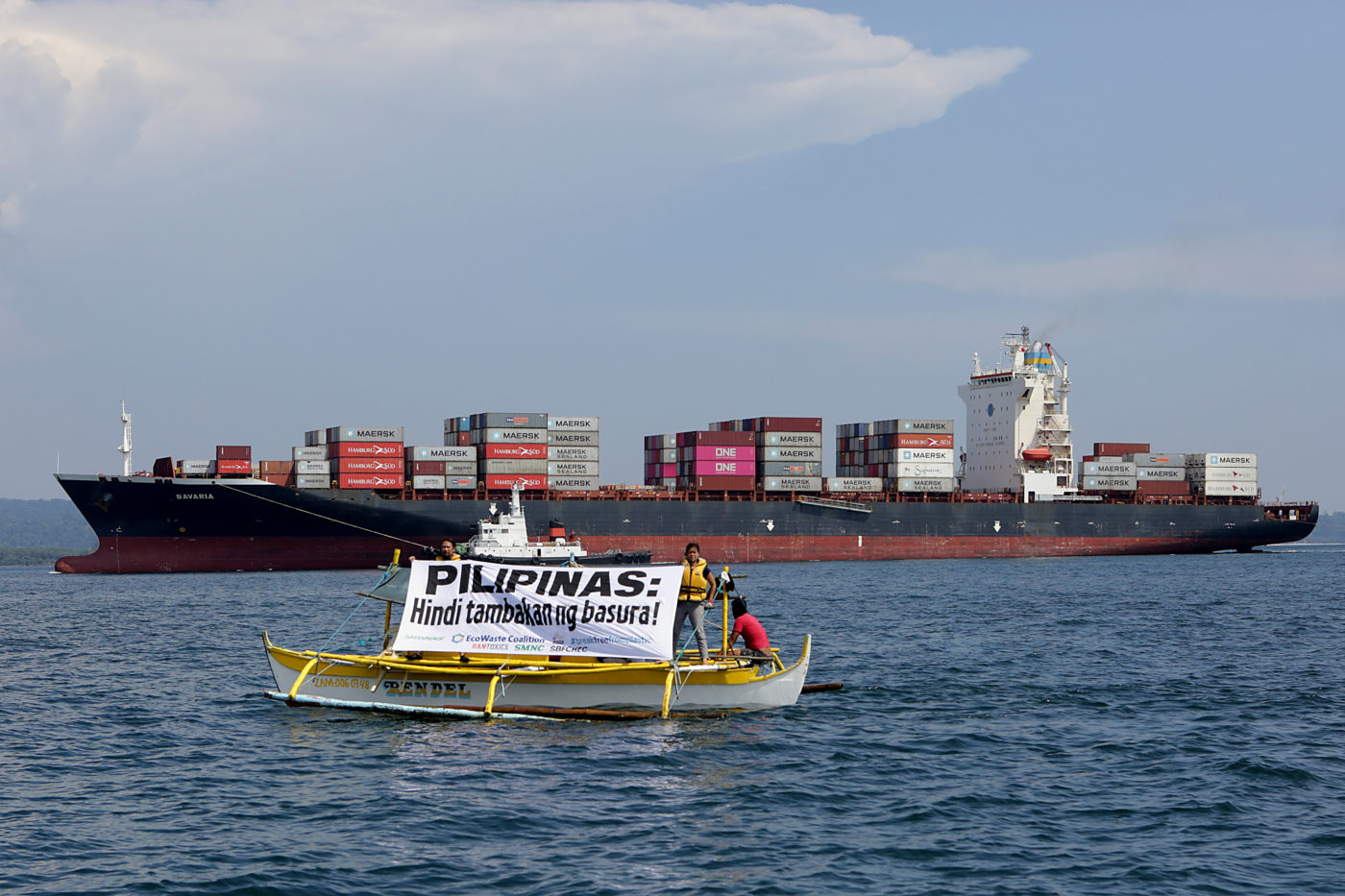69 CONTAINERS of Canada’s garbage were docked in Manila in 2013, to remain for another six years. Some of it found its way to Philippine landfills, but the majority was sent back to Vancouver in June 2019. The garbage, initially declared to be recyclable plastics, turned out to be hazardous waste.
This seemingly isolated incident illustrates the reality that several developing countries face in the war against environmental degradation. Countries such as Canada, the United States of America (USA), and China continue to pollute the environment with plastic waste and excessive carbon emissions, reaping the benefits of their production-focused economies while countries in Asia and South America suffer the consequences.
Politicians in the Asia-Pacific region, like Malaysian Prime Minister Mahathir Mohamad, are starting to speak up. He stated, “It’s grossly unfair for rich countries to send their plastic waste to poor countries that are already struggling to cope with their own waste problems, and the practice needs to stop.” Global Coordinator of the Break Free from Plastic movement Von Hernandez said that plastic waste shipped to Southeast Asia is “transforming what were once clean and thriving places into toxic dumpsites.”
Where responsibility lies
These dynamics have caused the international community to re-evaluate how the responsibility of mitigating the effects of climate change is shared among nations.
According to Executive Director of the Center for Environmental Concerns (CEC) April Porteria, an emerging global trend in understanding the issue of climate change is through the climate justice framework. This follows a principle from the United Nations Framework Convention on Climate Change (UNFCCC) where each state’s “common, but differentiated responsibilities and respective capabilities” are taken into account when dividing the work that must be done to address environmental issues.
Porteria explained that upon analyzing the industrial revolution, it becomes apparent that the countries who were first to industrialize, consequently growing their wealth, are still the biggest polluters. According to her, early industrializers have contributed the most aggregate pollution, simply because their industries have been in operation the longest.
While climate change is a problem with effects that span across all countries and populations, data from the Global Climate Risk Index 2019 shows that countries have different levels of vulnerability to rising temperatures and sea levels. Worse, countries with the highest long-term vulnerability are largely from the Global South. This is likely due to increased environmental risks in regions that are already geographically vulnerable to natural climate cycles and the lack of state capacity to mitigate these risks.
In line with the UNFCCC’s principle of “common, but differentiated” responsibilities and capabilities, not all countries are financially capable of taking action against the consequences of climate change. To achieve climate justice, those who generate the most pollution and profit while doing so—like heavily industrialized countries—have a greater share in the responsibility to reverse the effects of climate change. Meanwhile, countries who are poorer and pollute less by comparison are not given an equal share of the burden.
In an effort to take into account each country’s differing responsibilities and capacities, 195 states became signatories to the Paris Agreement in 2015. Aiming to keep the global temperature below 2°C “above pre-industrial levels,” the agreement calls for collective action against climate change, while also providing aid to developing countries. In spite of this, Porteria notes that the lack of legally binding consequences and the freedom to set nationally determined contributions hinders accountability from being fully exercised.
The USA, one of the world’s biggest contributors of carbon emissions, withdrew from the Paris Agreement in 2017. US President Donald Trump cited his America-first foreign policy approach as the motivation for no longer honoring the Agreement. This move drew criticism from President Rodrigo Duterte, who claimed that international climate forums should do more than discuss issues and demanded greater accountability from the world’s worst polluters.

Local challenges
President Duterte’s statement highlighted the Philippines’ economic losses due to environmental disasters. Located in the Pacific Ring of Fire, the country is already prone to typhoons, earthquakes, and volcanic eruptions. Extreme weather patterns brought on by global warming have only worsened the likelihood of these conditions.
According to Porteria, the CEC’s research has found that the agricultural sector suffers the most as the livelihood of farmers and fisherfolk are linked to natural weather cycles. When deciding when to plant crops, farmers distinguish between sowing and harvest season based on the weather. This pattern has become increasingly disrupted by the extreme weather patterns during each season. To make matters worse, the Philippines’ long history of inequitable land distribution prevents farmers from accumulating significant wealth over time. Meanwhile, fisherfolk also suffer millions of pesos in economic losses during typhoon season—partly due to the destruction of their boats.
The effects of climate change have also been felt in the country’s city centers. According to Porteria, the urban poor population is highly vulnerable to the damage caused by extreme weather patterns. A recent example is Super typhoon Yolanda’s devastation of Tacloban City. Heavy rainfall and storm surges wreaked havoc in the seaside town, killing over 6,300 people and costing almost Php 90 billion in damages as of 2014.
Porteria explained that residents who now comprise the majority of Tacloban’s urban poor sector were farmers during the administration of former President Ferdinand Marcos. Due to heavy militarization, land grabbing, and lack of livelihood in the region, they were eventually forced to migrate to low-lying seaside areas.
“Kung titignan mo, yung pinaka-vulnerable, sila rin yung pinaka-marginalized at pinakamahirap sa lipunan,” said Porteria.
(If you look at it, the most vulnerable are also the most marginalized and the poorest in society).
Towards climate justice
Farmers, fisherfolk, and the urban poor are not only environmentally or geographically vulnerable, they are also socio-economically disadvantaged. When disaster strikes, these groups are the least resilient, lacking the financial capital to recover from the destruction of their livelihoods and homes.
“Vulnerability is not just about exposure [to] natural phenomenon… it compounds with policies in place [and] how these policies are protecting people from disasters,” says Porteria.As long as systemic issues such as poverty and job insecurity continue to force segments of the population to live in vulnerability, it will remain difficult to fully mitigate, much less reverse, the effects of climate change.




